INDUSTRIAL USES
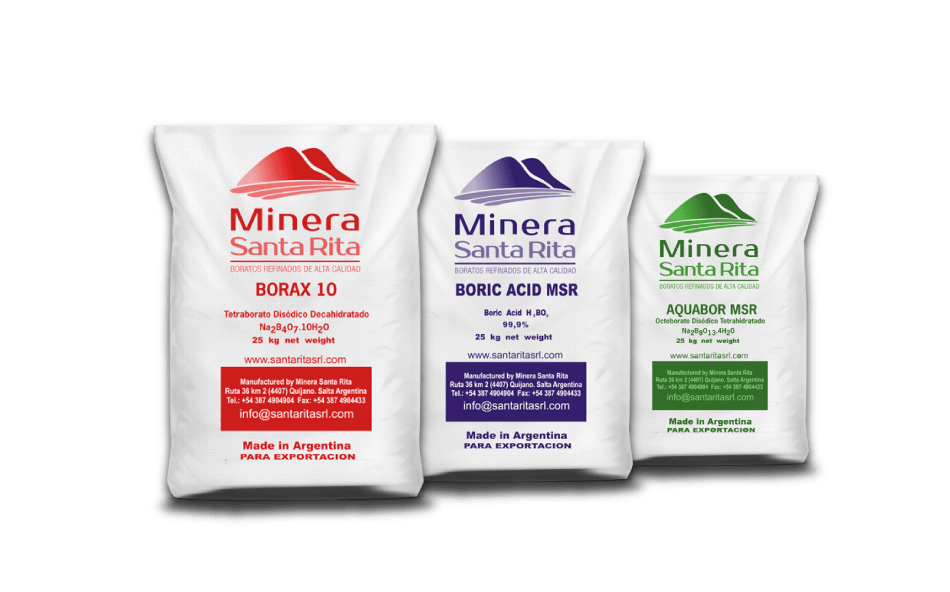
CERAMICS
One of the earliest uses of borates is the production of glazes and frits to impart color and texture, as well as heat, chemical, or wear resistance to appliances, ceramics and tiles. Boron assists in the production of smooth, hard, resistant, blemishless ceramic surfaces.
Glazes are the thin, glassy coatings fused onto the surfaces of ceramic substrates such as wall and floor tiles, as well as tableware. Before they are used in glazes and enamels, borates are incorporated into frits to render them insoluble. Frits are materials of a glassy nature rich in silica, obtained by fusing different crystalline materials at high temperatures (more than 1100°C).
In glazes and enamels, borates are used to initiate glass formation and reduce glass viscosity. They also help to form a smooth surface and reduce thermal expansion. This facilitates the coating and a good fit between the glaze or enamel and the item it covers. Borates also increase the refractive index (or luster), enhance mechanical durability and resistance to chemicals, and help to dissolve coloring agents.
Recently, borates have become important ingredients in the manufacturing of ceramic tiles since they act as powerful binders, allowing manufacturers to reduce the thickness, use a wider range of clays, increase productivity and decrease energy usage.
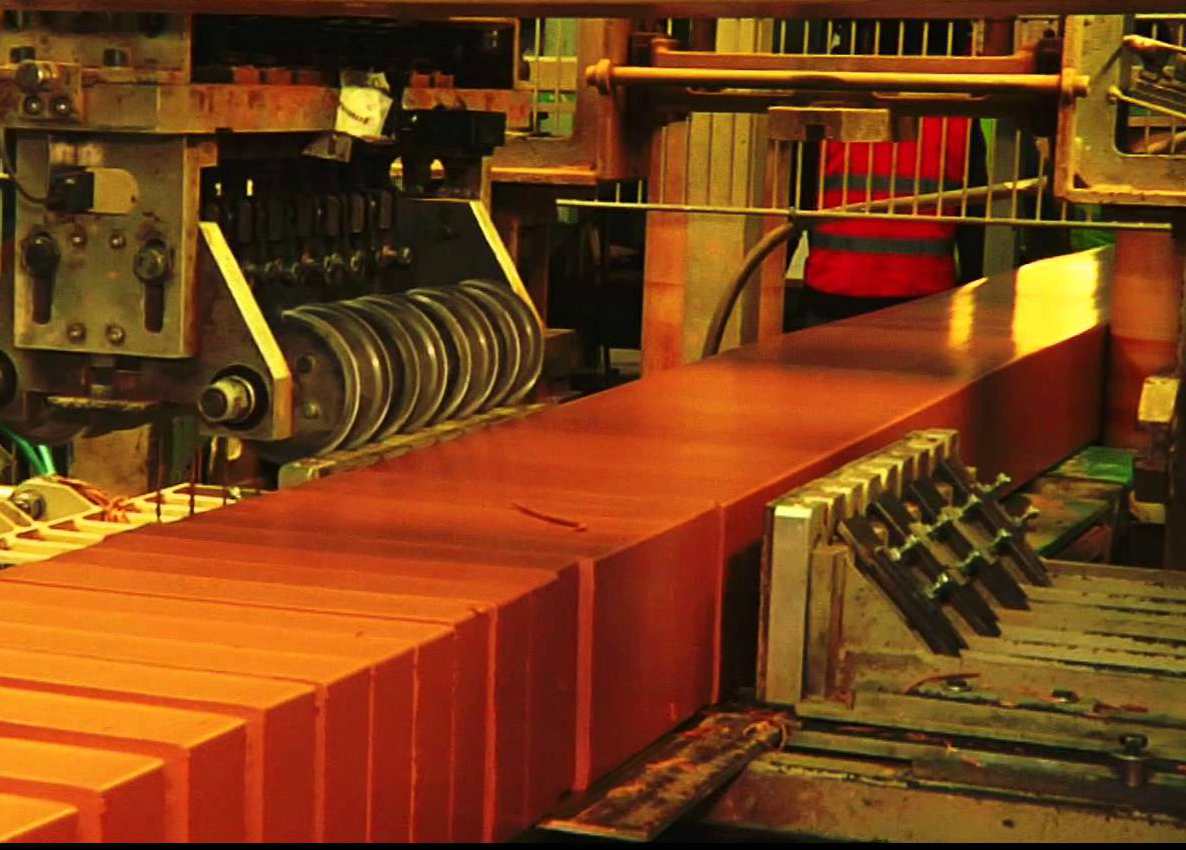
FIBER GLASS
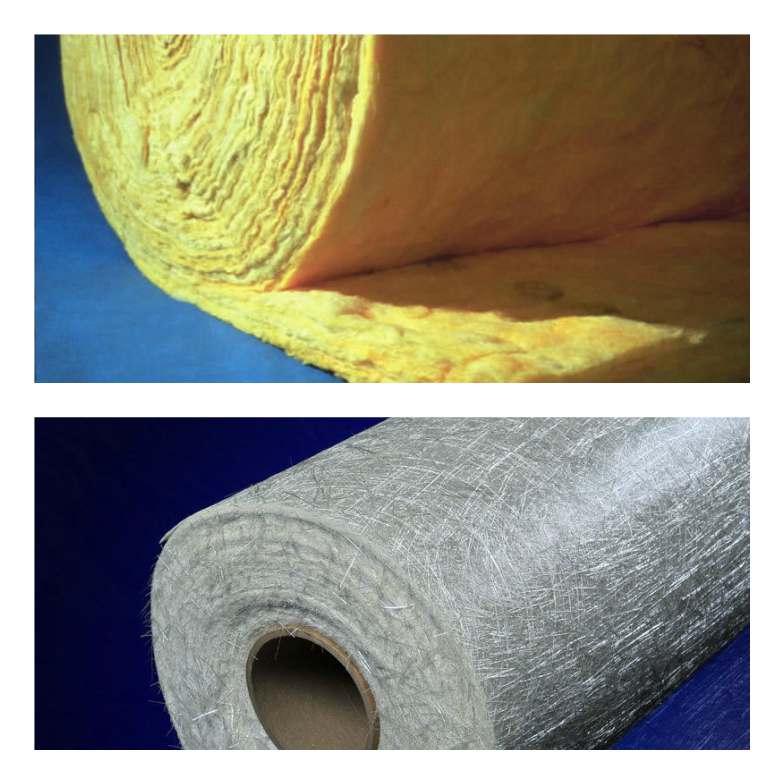
Insulation fiberglass
Borates are an important ingredient in insulation fiberglass, representing the largest use of borates, worldwide. In the production of fiberglass insulation, borates act as powerful fluxes and reduce melting temperatures. The most important role of borates is to increase the absorption of infrared radiation in glass fibers. Thanks to boron, insulation levels are significantly increased.
Insulation fiberglass is used for thermal and acoustic insulation. The function of the insulating fiberglass is to trap air in its mesh of fibers to reduce the degree of heat transfer. Even though it is mostly used for thermal insulation in commercial and residential buildings, fiberglass also has many other diverse uses.
Textile Fiberglass
Borates act as a powerful flux in the production of textile fiberglass, blankets or veils, lowering glass melting temperatures. Textile glass fibers are used to reinforce other materials such as plastics. They are woven into fabrics for high-temperature industrial uses, or for decorative purposes when resistance to sunlight is a major factor, as in the case of curtains.
CHEMICAL INDUSTRY
Various chemical formulations use our refined boron products as reagents in a variety of complex chemicals.
Our Boric Acid MSR, with its high B2O3 content, is one of the least expensive sources used by the chemical manufacturing industry to produce boron derivatives.
Boric acid is one of the most important “weak acids” because it can adjust the pH in solutions as a buffer. On the other hand, the good reactivity of sodium borates allows them to be used as intermediates in other formulations, such as Zinc Borate, Sodium Perborate, Ammonium Borate and many others.
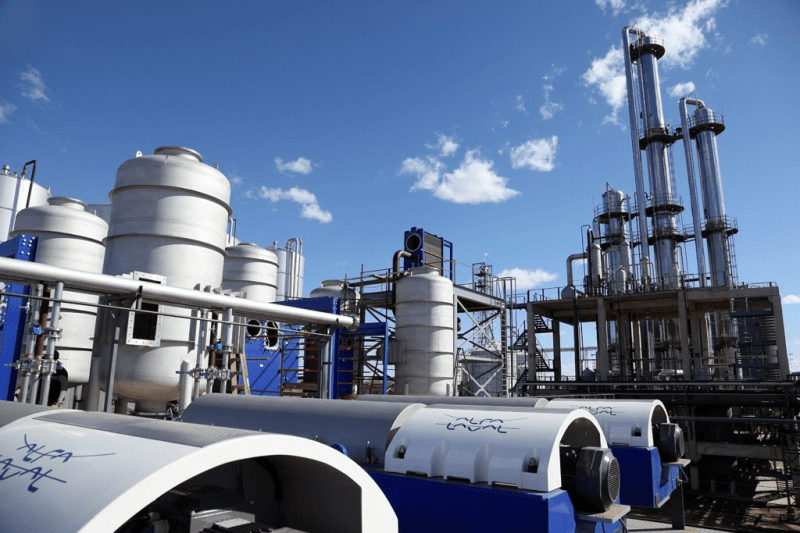
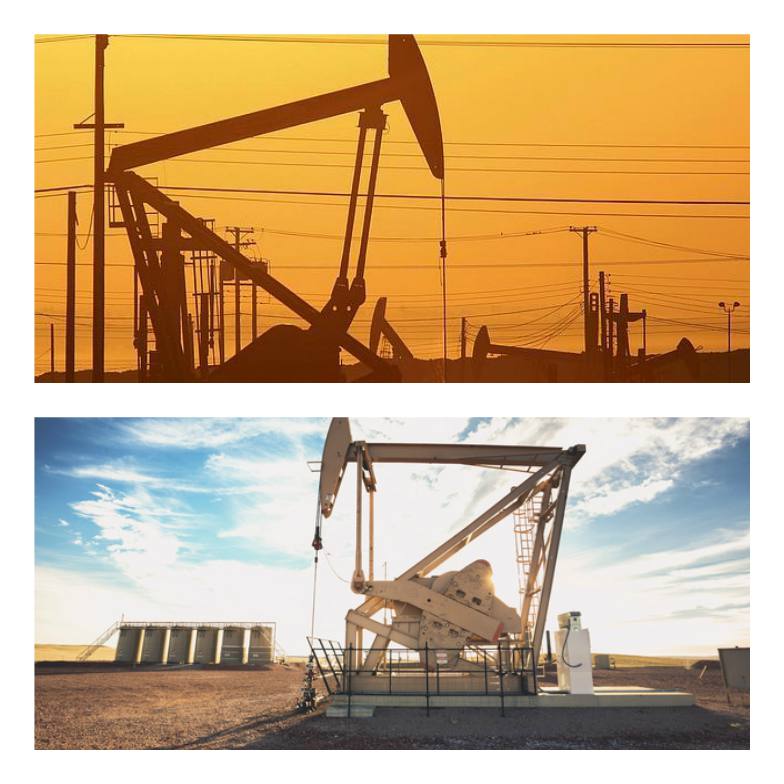
OIL AND GAS
Boric Acid MSR is used in hydraulic fracturing processes (fracking) in the nonconventional extraction of oil and gas.
Hydraulic fracturing (also known as fracking) is a technique used to facilitate and increase the extraction of oil and gas from nonconventional deposits, usually from shale gas formations, compact gas sands and coal seams. These geological formations are located at depths of up to several thousand meters. To access them, a mixed drilling technique in which rock is fractured up to the hydrocarbon’s formation must be performed. First, drilling is carried out vertically and then horizontally for several kilometers.
The nonconventional deposits where fracking is performed are compact formations with little permeability in which hydrocarbons are trapped. In order to release them, rock is fractured by injecting water at high pressure, mixed with sand and a series of chemical additives including boric acid. This allows the natural gas and oil to rise to the surface through the fractures more easily.
Hydraulic fracturing is an oil and gas extraction method that must be carried out in an extremely controlled manner in order to avoid contaminating the underground and superficial water and, in that way, not harming the environment.
